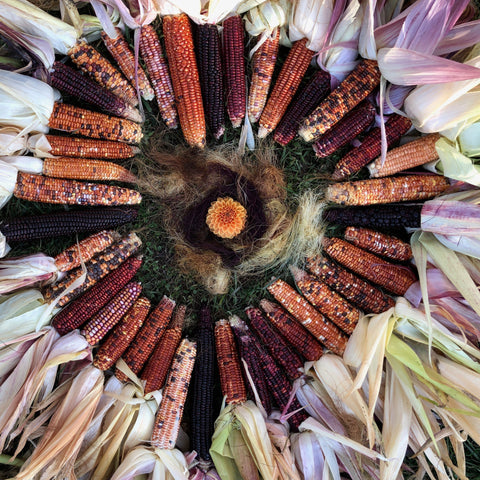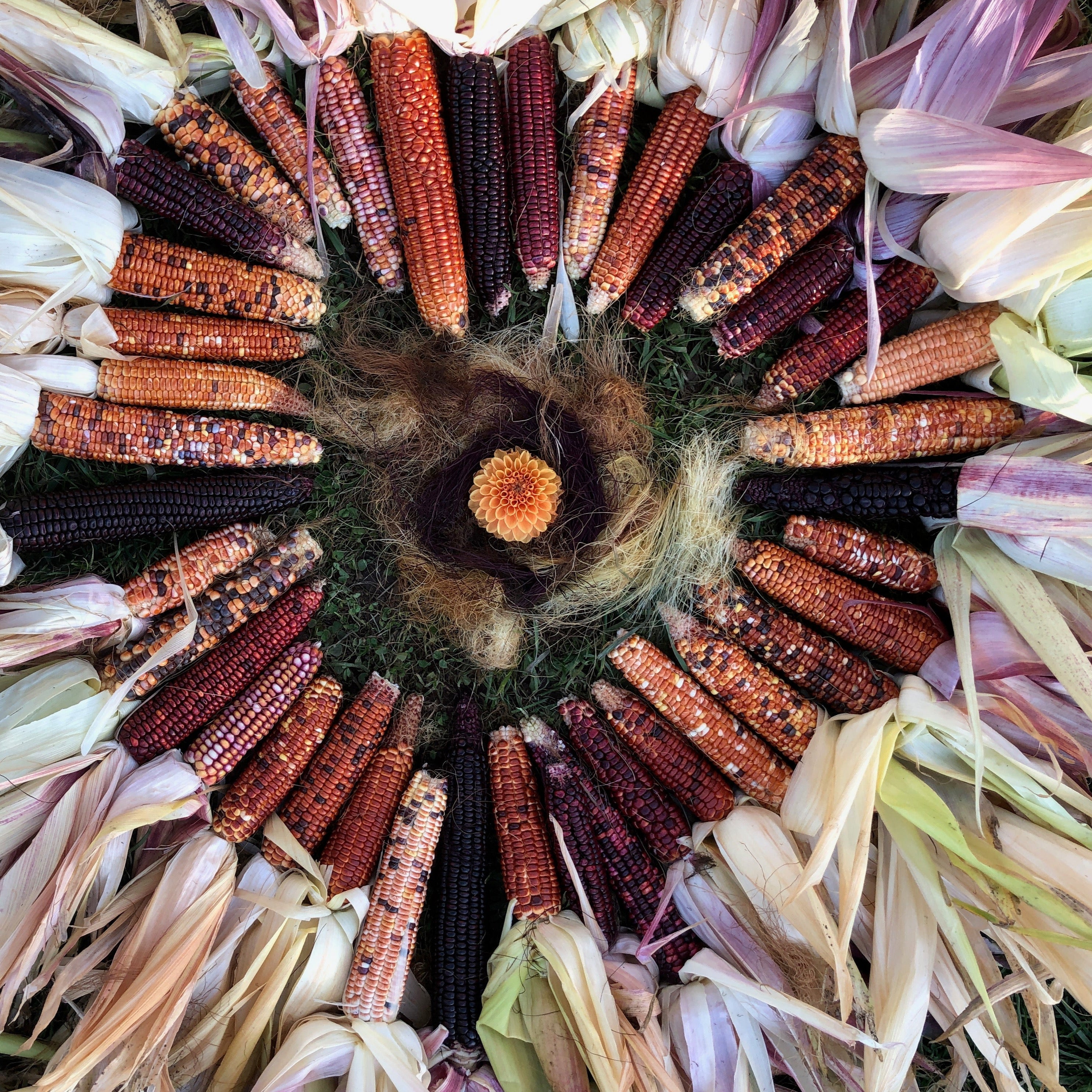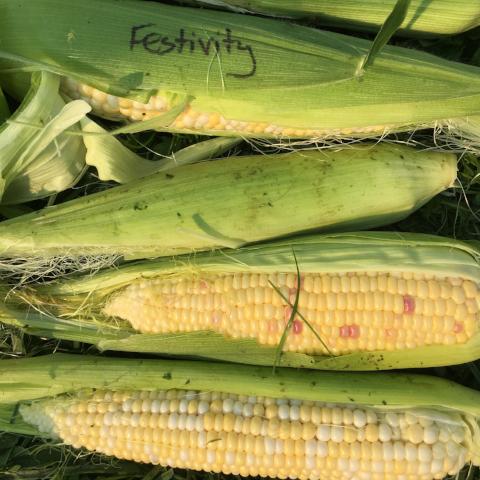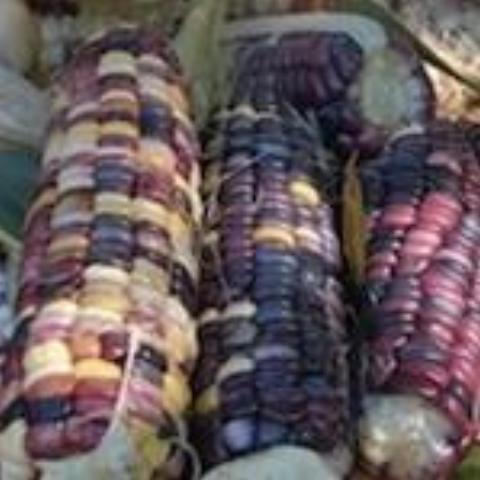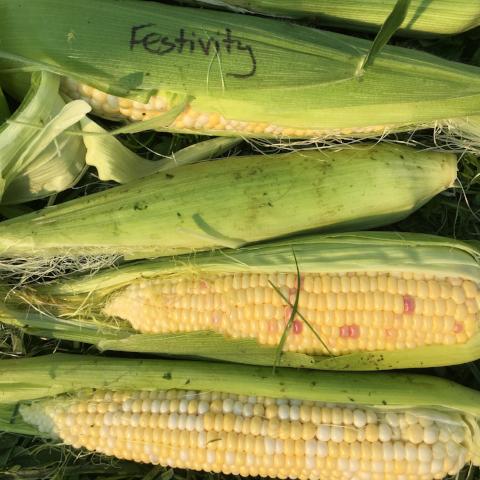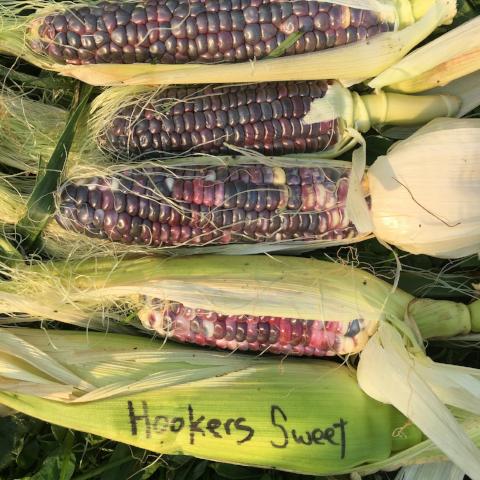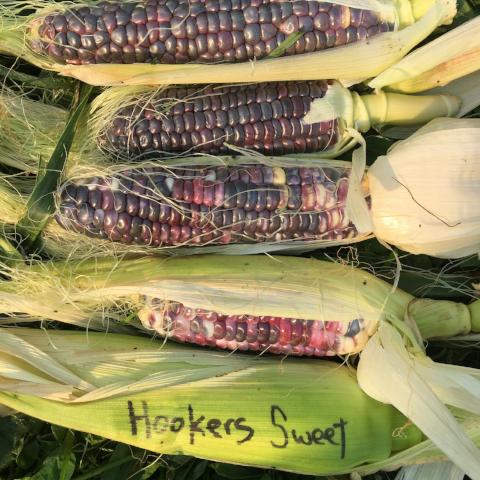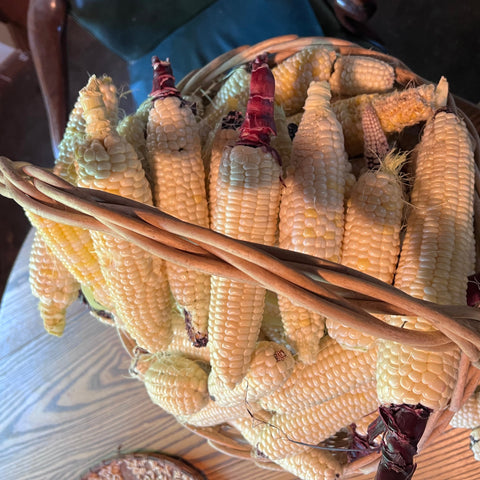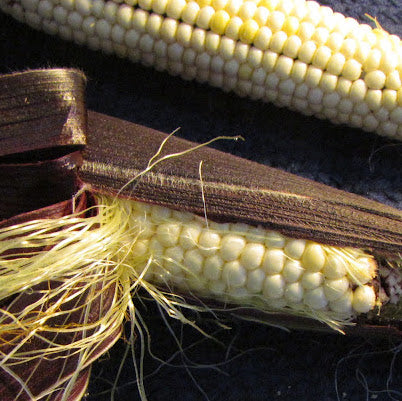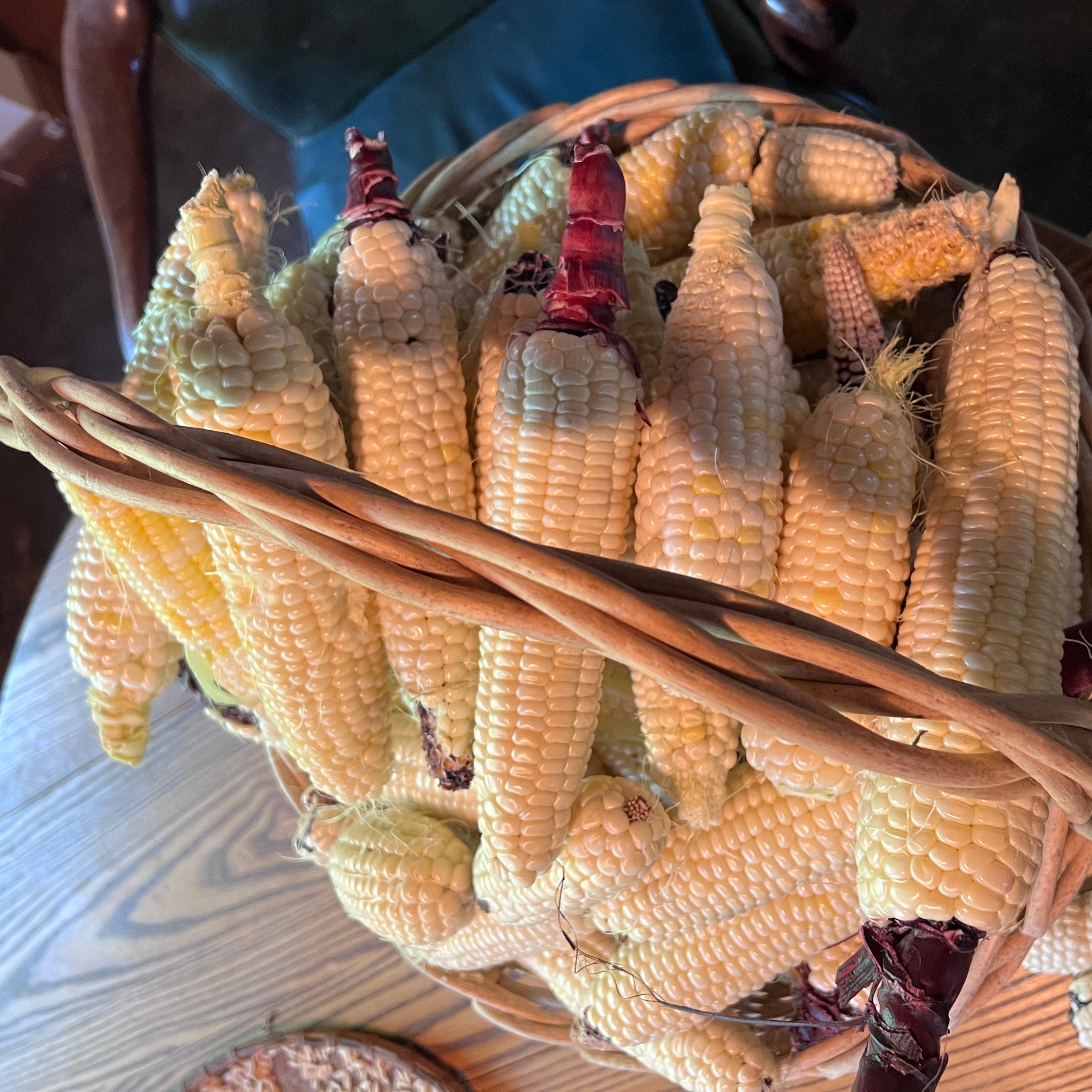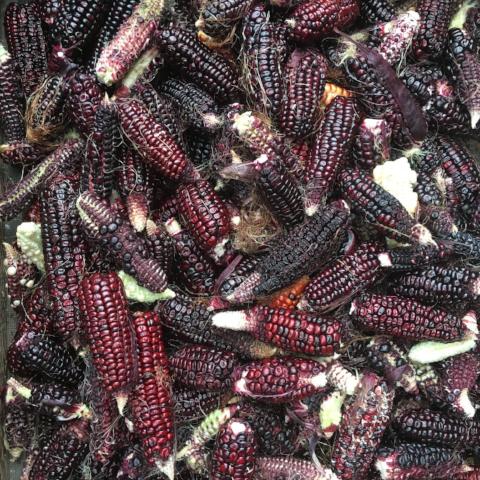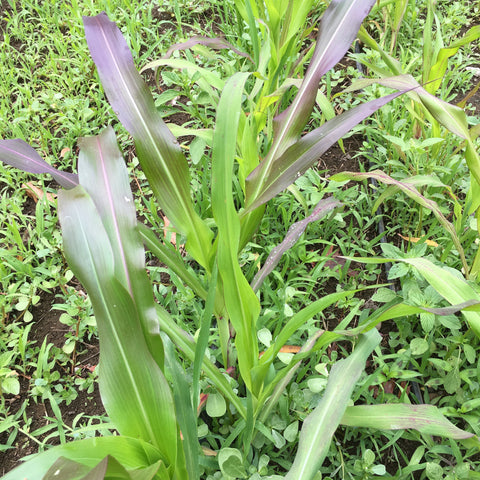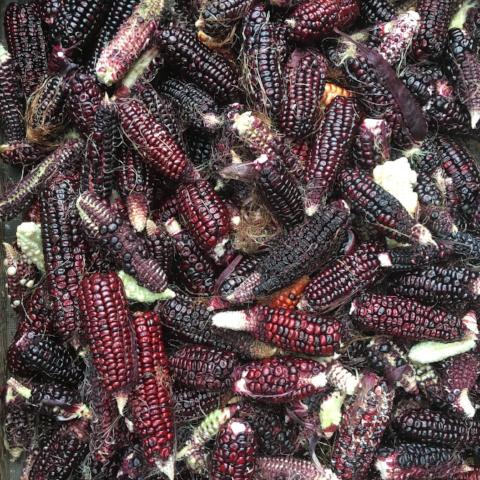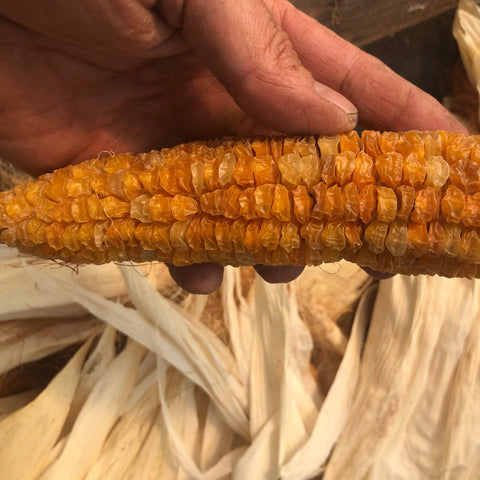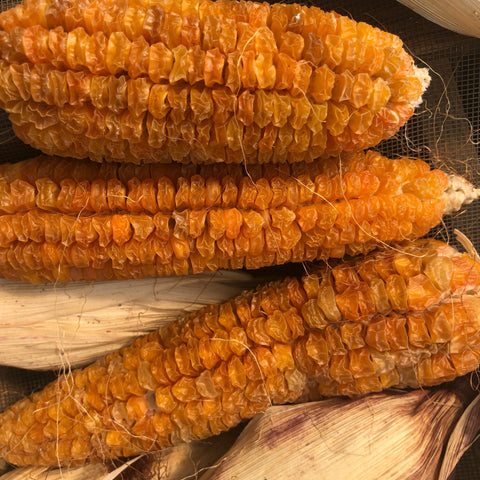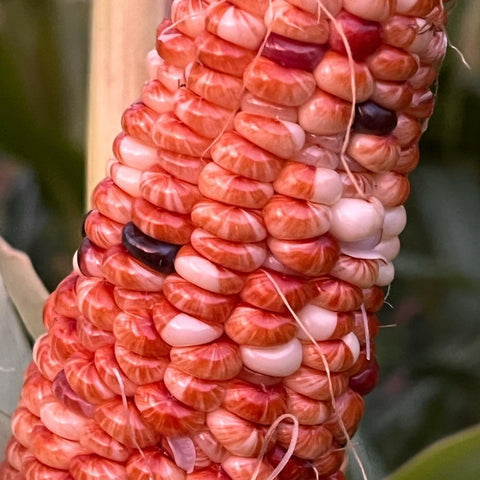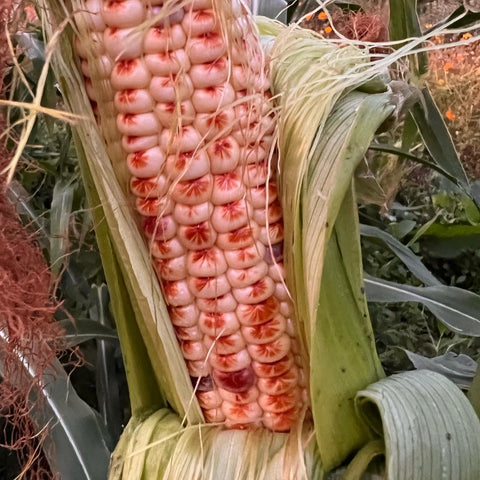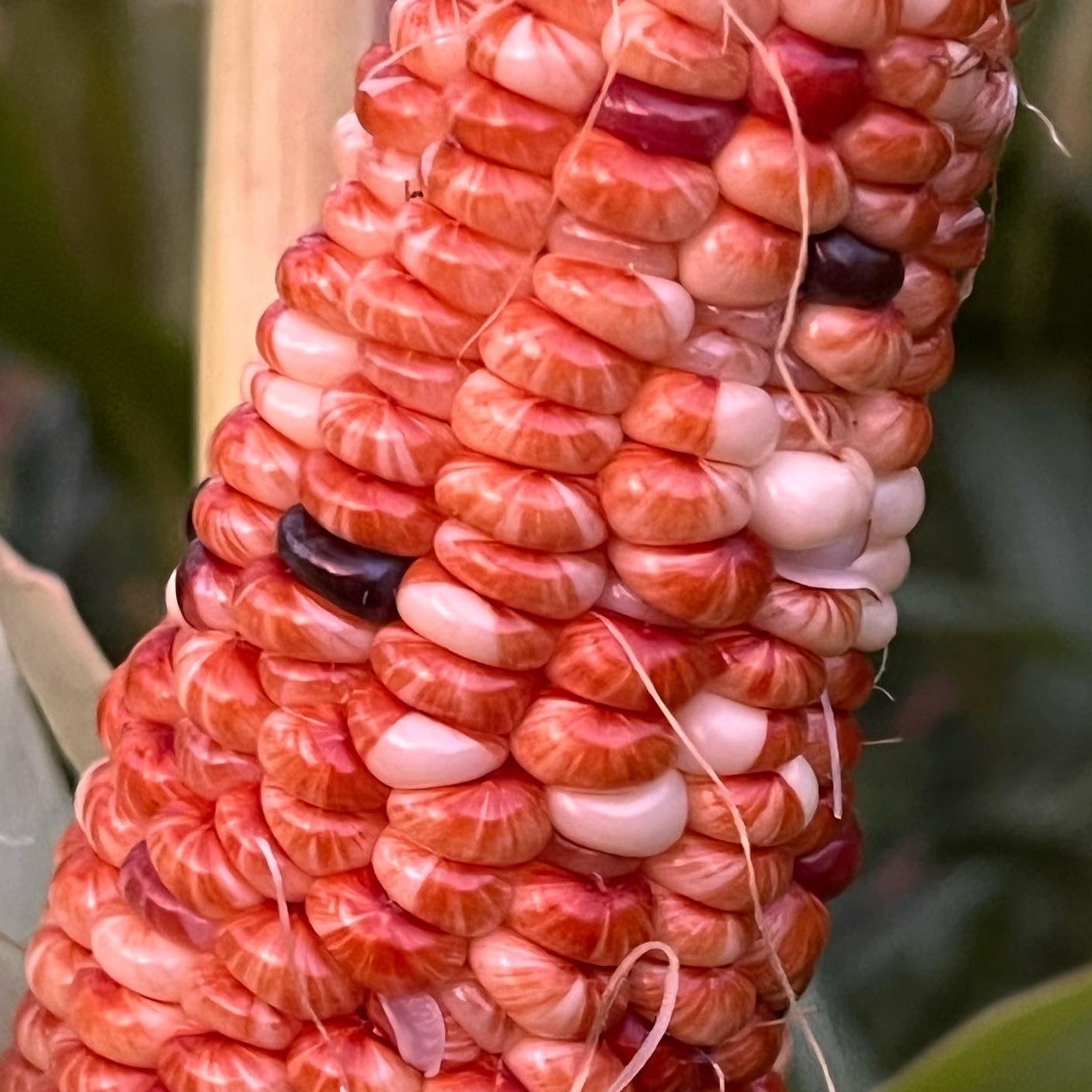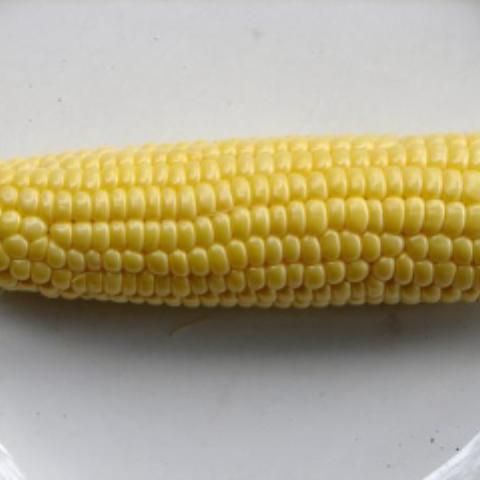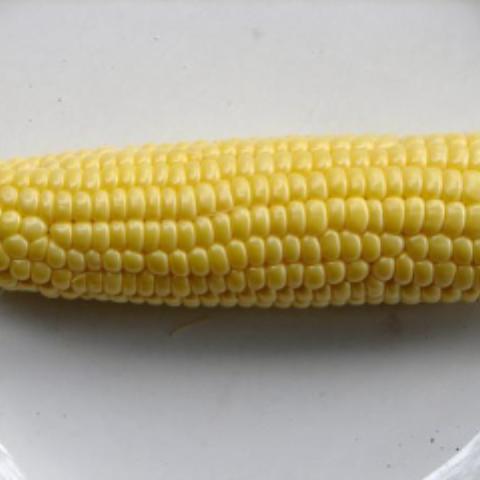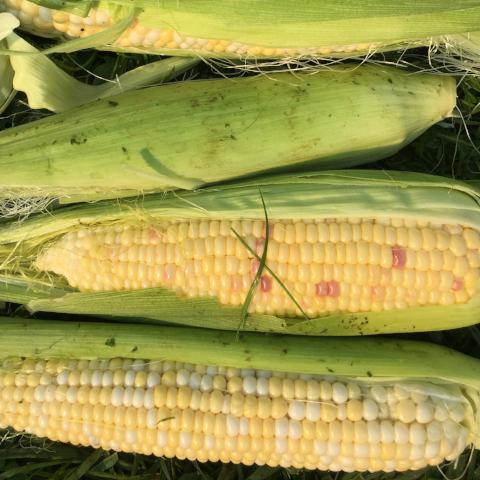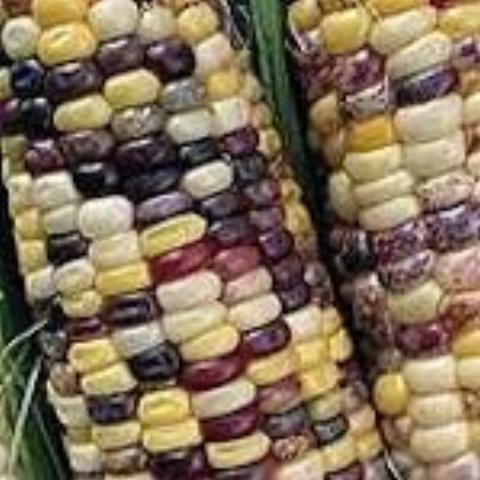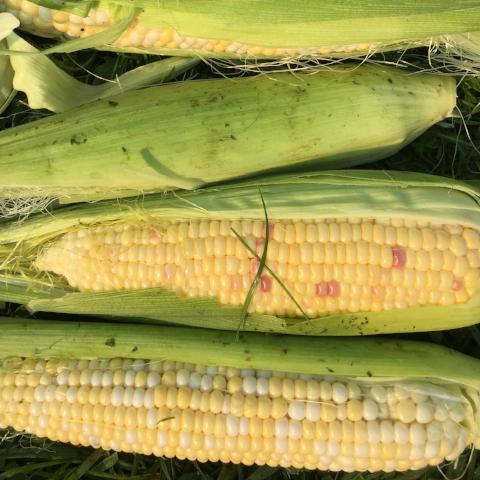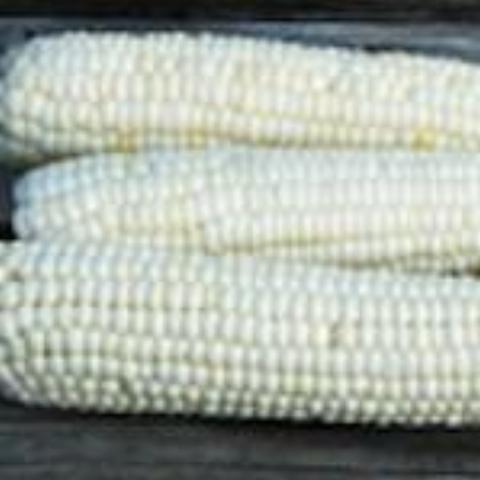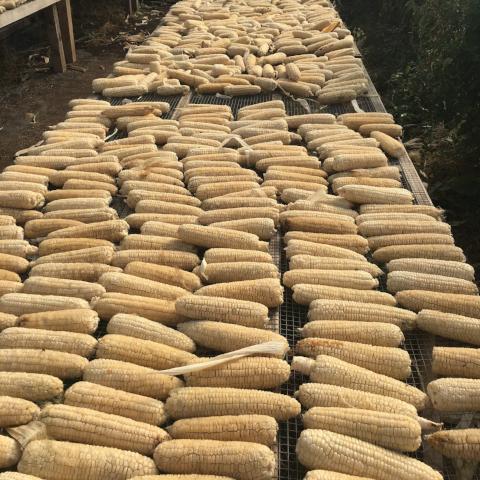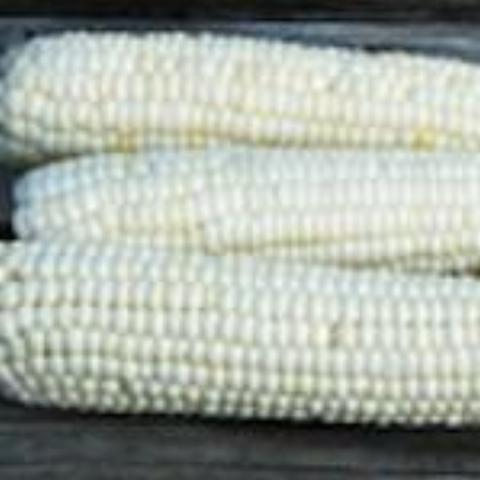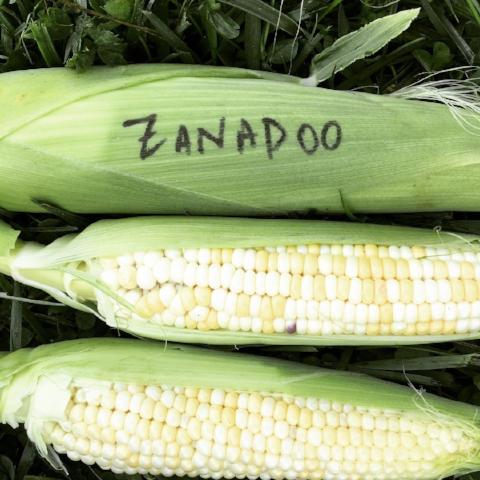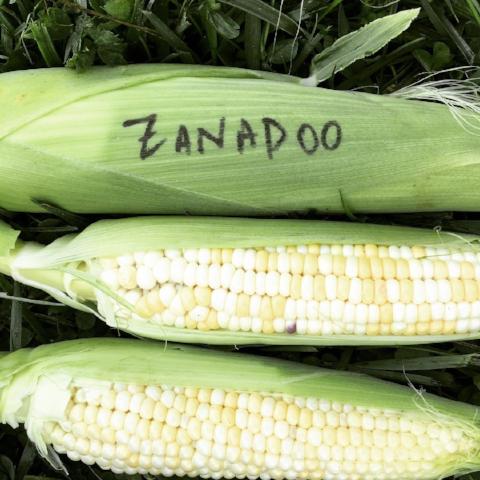- Vegetables
- All Vegetables
- Artichoke
- Beans
- Beets
- Broccoli
- Brussels Sprouts
- Burdock
- Cabbage
- Carrots
- Cauliflower
- Celery
- Chinese Cabbage
- Collards
- Corn
- Cover Crop
- Cucumbers
- Eggplant
- Garlic & Shallots
- Grains
- Greens
- Greens Mixes
- Gourds
- Kale
- Lettuce
- Melons
- Okra
- Onions & Leeks
- Parsnip
- Peas
- Peppers
- Pumpkins
- Radish
- Rutabaga
- Spinach
- Squash
- Swiss Chard
- Tomatillo & Relatives
- Tomato
- Turnips
- Watermelons
- Flowers
- All Flowers
- Amaranth
- Ammi
- Ammobium
- Agrostemma
- Aster
- Baby's Breath
- Bachelor's Button
- Barley
- Basil
- Basketflower
- Bells of Ireland
- Borage
- Broom Corn
- Bupleurum
- Calendula
- Campanula
- Celosia
- Cerinthe
- Chamomile
- Chinese Forget-Me-Not
- Clarkia
- Cleome
- Columbine
- Coreopsis
- Cosmos
- Dahlia
- Daisy
- Dame's Rocket
- Dill
- Echinacea
- Echinops
- Eryngium
- Euphorbia
- Feverfew
- Foxglove
- Gaillardia
- Geum
- Globe Amaranth
- Globe Centaurea
- Grasses
- Hollyhock
- Larkspur
- Lamb's Ear
- Lion's Ear
- Lunaria
- Maltese Cross
- Marigold
- Milkweed
- Millet
- Milo
- Moonflower
- Morning Glory
- Nasturtiums
- Nicotiana
- Nigella
- Obedient Plant
- Orach
- Orlaya
- Pennycress
- Perilla
- Phacelia
- Poppy
- Quinoa
- Rudbeckia
- Russian Statice
- Safflower
- Salvia
- Scabiosa
- Schizanthus
- Snapdragon
- Sorghum
- Strawflower
- Sunflower
- Sweet Pea
- Sweet Williams
- Tithonia
- Veronica
- Wheat
- Xeranthemum
- Yarrow
- Zinnia
- Flower Collections
- Herbs
- Seed Collections & Specials
- Farm Goods & Tools
- Workshops & Tours
- Learn & Grow Blog

